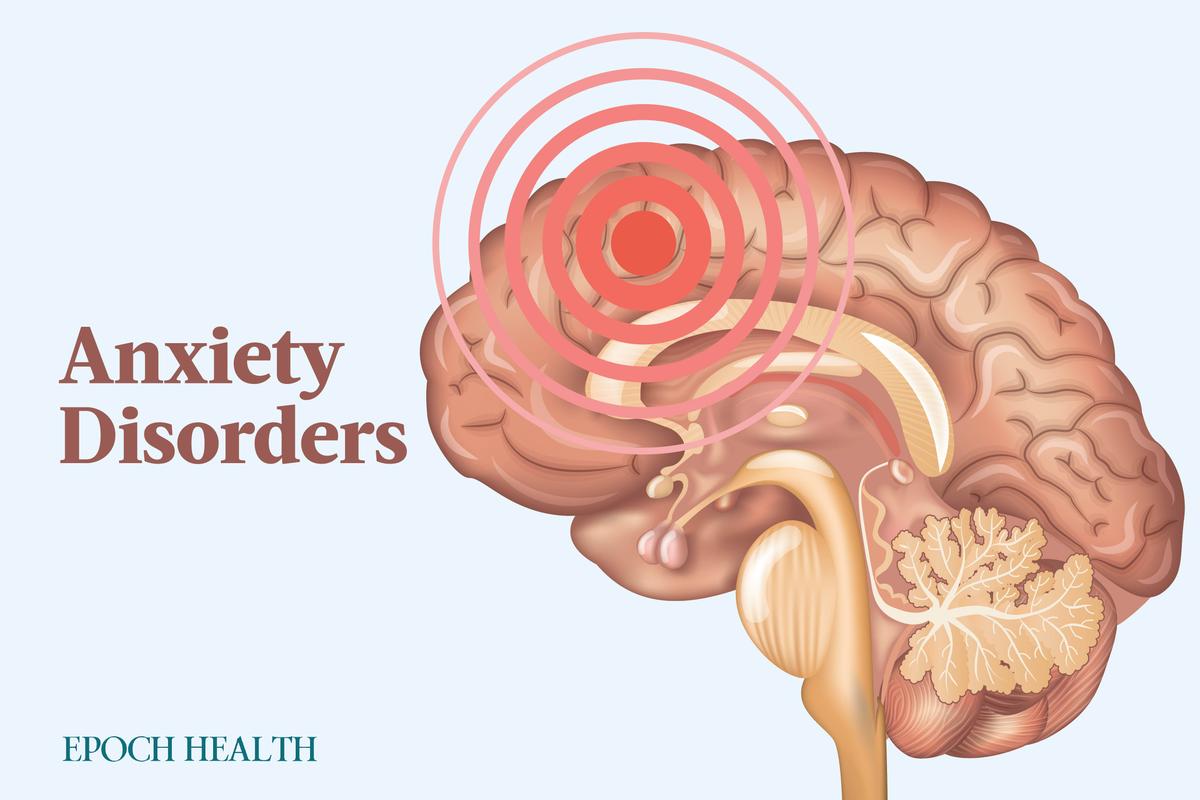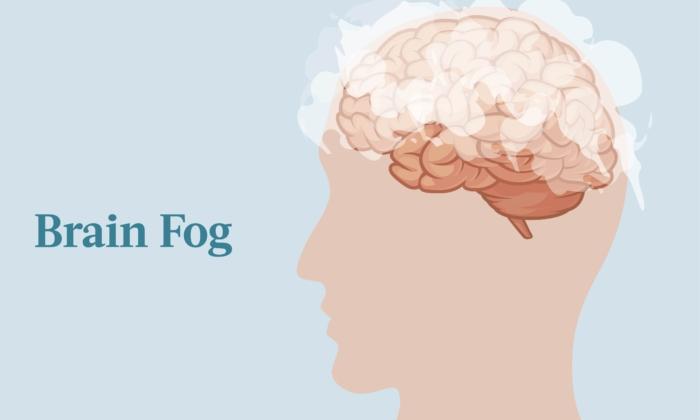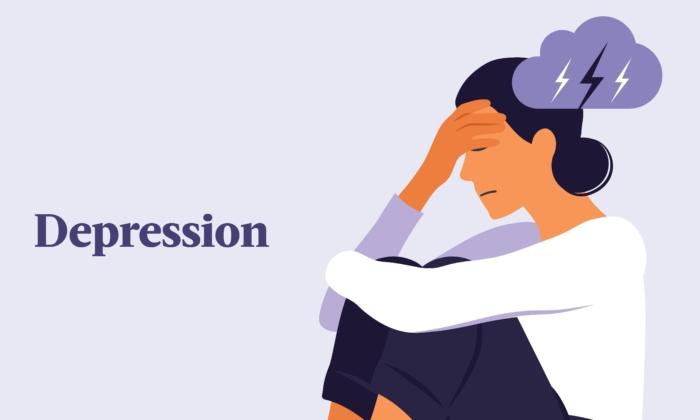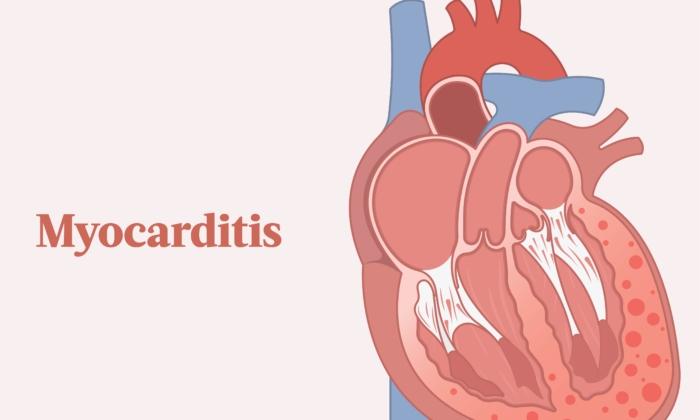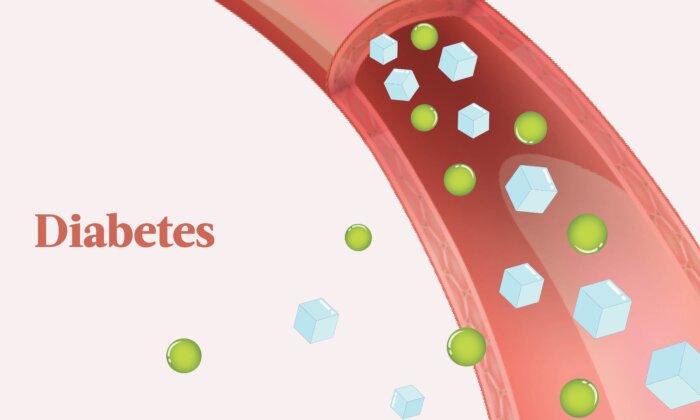Anxiety is a typical stress response and can be beneficial. For instance, it may make us aware of danger and helps us stay alert to protect ourselves. Anxiety can motivate us to prepare for important events, like a big test or job interview.
Anxiety disorders, however, are different from normal feelings of anxiety. These disorders can be debilitating and often involve feelings of intense and excessive worry and fear. These episodes of fear and sometimes panic are often out of proportion to the potential danger of the situation and can be persistent.
What Are the Common Types of Anxiety Disorders?
To be diagnosed as having an anxiety disorder, the anxiety suffered must:- Impede the individual’s ability to function normally
- Be age-inappropriate or disproportionate to the scenario
Agoraphobia
If you have agoraphobia, you may fear being in situations where you can’t get help or where escape might be embarrassing or difficult. The anxiety generally lasts over six months and disrupts your ability to function in your daily routine. You may meet the diagnostic criteria if you find you experience fear in two or more of the following situations:- Being in an open space
- Being in an enclosed space
- Being alone outside your home
- Being in a crowd or line of people
- Using public transportation
Generalized Anxiety Disorder
Generalized anxiety disorder is characterized by excessive and ongoing worry about activities or events, such as work, relationships, and health. Symptoms can include restlessness, difficulty concentrating, nervousness, or trouble sleeping.Panic Disorder
If you have panic disorder, you experience recurrent panic attacks. The following symptoms are characteristic of a panic attack:- Rapid heart rate
- Shaking
- Sweating
- Feeling short of breath
- Feeling dizzy or lightheaded
- Chest pain
- Numbness or tingling
- Nausea or stomach pain
- Chills or feeling hot
- A sense of dissociation from what is happening
- A feeling of impending doom
Separation Anxiety Disorder
If you have separation anxiety disorder, you will be excessively anxious or fearful about separation from one or more people to whom you are attached. The physical manifestations of distress typically develop in childhood, but the symptoms can persist into adulthood. If the feeling is beyond normal, persists for more than four weeks in children (six months in adults), and causes problems with daily functioning, then you may meet the criteria for diagnosis. You may exhibit some of these symptoms:- Ongoing worry about losing a particular person
- Nightmares centered around separation
- Refusal or fear of being away from a particular person
Social Anxiety Disorder (Social Phobia)
According to the American Psychiatric Association (APA), the second most common is social anxiety disorder, making up 7 percent of disorders. If you have social anxiety, you may feel significant anxiety about social situations. You may fear being humiliated, embarrassed, criticized, or rejected when interacting socially. This anxiety may manifest as an intense fear of speaking publicly, meeting new individuals, or even eating in public. If this fear affects your ability to function in your day-to-day activities and lasts at least six months, you might meet the criteria for social anxiety disorder.Specific Phobias
The most prevalent form of anxiety disorder, specific phobias account for 8 to over 12 percent of anxiety disorders. You may have a specific phobia if you exhibit excessive and ongoing fear about a particular object, activity, or situation that is generally not harmful. Exposure to the object, activity, or situation causes intense anxiety, even though you may realize your fear is excessive. Following are some examples of specific phobias:- Natural environment phobias: Fear of heights, thunder and lightning, darkness, or water
- Situational phobias: Fear of flying, riding public transportation, driving in tunnels, or riding in elevators
- Organism phobias: Fear of spiders, insects, rodents, dogs, or other organisms
- Blood, injection, and injury phobias: Fear of blood, needles, dentists, or invasive medical procedures
- Other: Fear of clowns, choking, vomiting, or drowning
What Are the Symptoms of Anxiety Disorders?
Anxiety disorders manifest in different ways depending on the individual. Symptoms that may indicate an anxiety disorder include:- Disruption of day-to-day activities due to avoiding certain places or activities out of fear
- Restlessness
- Problems concentrating
- Feeling on edge
- Trouble sleeping
- Cold, sweaty hands
- Dry mouth
- Muscle tension
- Heart palpitations
- Feeling panic or fear
- Ongoing worry about losing a particular person
- Nightmares centered around separation
- Refusal or fear of being away from a particular person
What Causes Anxiety Disorders?
What causes an anxiety disorder in one person may be very different from the cause of an anxiety disorder in another. For any individual, several factors are likely at play, including genetic, developmental, and environmental factors.- Certain medicines
- Substance abuse
- Trauma
- Childhood experiences
- Chronic stress
What Mechanisms May Be Involved That Lead to Anxiety?
The sympathetic nervous system is one of the two main divisions of the autonomic nervous system (ANS). The ANS controls involuntary body functions. The sympathetic nervous system activates the body’s resources to prepare for a challenging or stressful situation. This is commonly referred to as the “fight or flight” response.An imbalanced intestinal microbiome may also contribute to anxiety disorders.
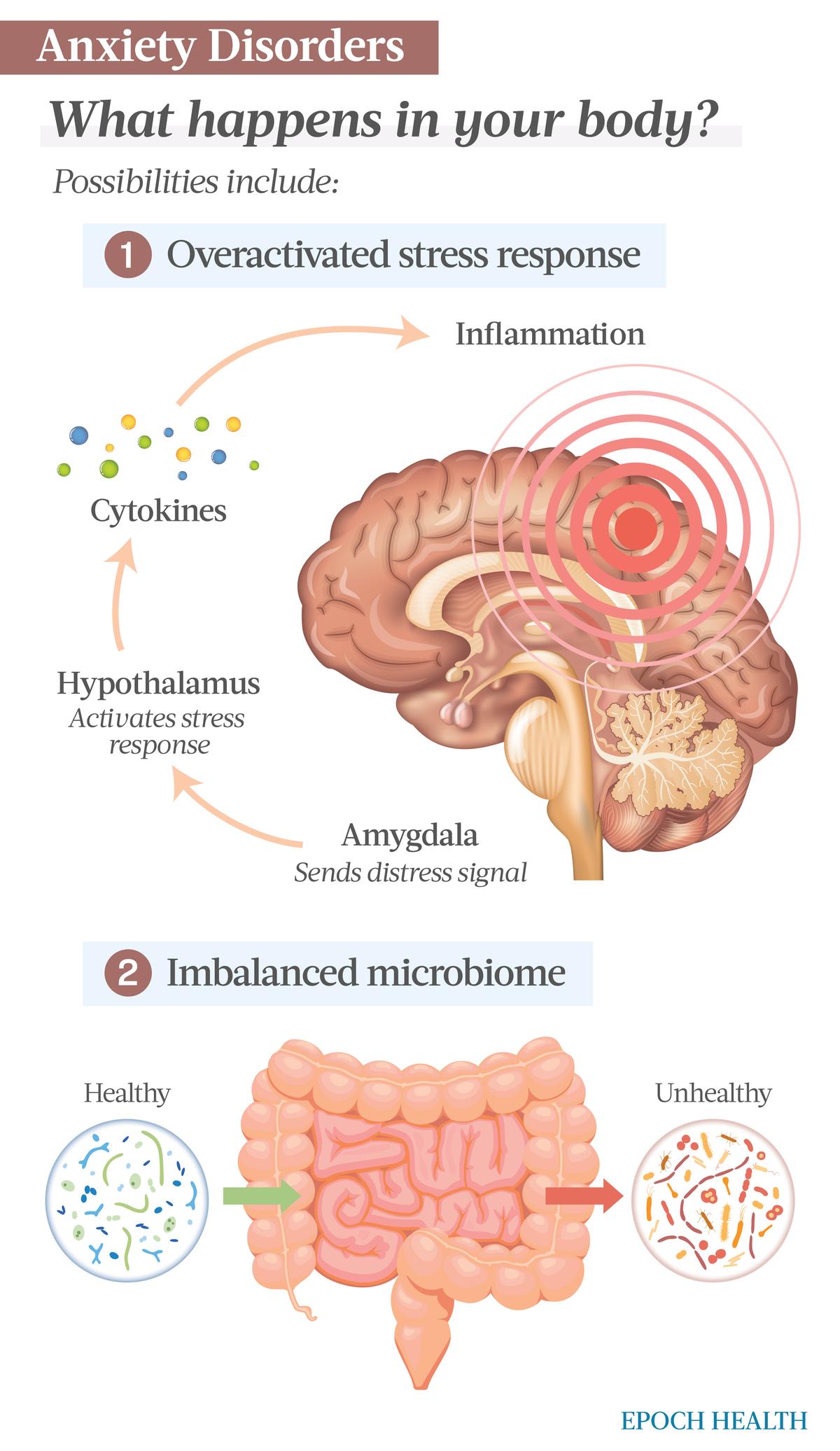
The study further revealed these GAD patients had a significant decrease in the anti-inflammatory bacteria Faecalibacterium and an overgrowth of certain bacteria such as Escherichia-Shigella and the proinflammatory Fusobacterium.
Who Is at Risk of Developing Anxiety Disorders?
The APA notes that anxiety disorders affect almost 30 percent of adults at some point. It further points out that women are more likely to suffer from anxiety disorders than men. In fact, anxiety disorders are about twice as common in females than in males.How Are Anxiety Disorders Diagnosed?
Anxiety disorders are usually diagnosed through a comprehensive set of tests given by a mental health professional, such as a licensed therapist, psychiatrist, or psychologist. They may ask you to complete questionnaires or self-assessments to measure anxiety symptoms and their impact on your daily life.The mental health professional will use the Diagnostic and Statistical Manual of Mental Disorders (DSM-5), a widely used manual that provides guidance for diagnosing mental health disorders. The DSM-5 provides specific criteria for each anxiety disorder, and the mental health professional will compare your symptoms to these criteria.
What Are the Complications of Anxiety Disorders?
Despite their being a mental condition, untreated anxiety disorders can lead to physical complications and a worse psychological state. Some of the complications stemming from prolonged anxiety include:- Panic attacks: You may experience a sudden episode of extreme fear that prompts an intense physical reaction, like rapid heart rate, chills, or chest pain.
- Social isolation: Social interaction can become more stressful, especially for those with a social anxiety disorder. The more unpleasant socializing becomes, the more likely you will be tempted to withdraw entirely.
- A compromised immune system: Chronic stress leads to inflammation and a suppressed immune response, leaving you vulnerable to infections and other diseases.
- Increased risk of substance abuse: People with anxiety disorders are at greater risk for abusing substances like nicotine, alcohol, and drugs.
- Gastrointestinal or digestive issues: Chronic anxiety can have adverse effects on the gut, and while it doesn’t necessarily cause irritable bowel syndrome (IBS), it can worsen symptoms.
- A loss of interest in sex: Symptoms of anxiety disorders can lower a person’s libido.
- Depression: Depression and anxiety are often linked and can worsen or lead to the other.
- Insomnia: Anxiety can lead to sleep disturbances.
- Muscle tension: When the body is in a constant state of distress, muscles can tense, and other symptoms of physical pain, such as headaches, can develop.
- Suicide: In severe cases, anxiety disorders can lead to suicidal ideation or suicide.
What Are the Treatments for Anxiety Disorders?
Treatment of an anxiety disorder should be conducted on a case-by-case basis. Not everyone with an anxiety disorder needs treatment; some individuals can manage their disorder without too much stress and disruption to their daily lives.Cognitive Behavioral Therapy
Many individuals with an anxiety disorder benefit from cognitive behavioral therapy (CBT), medication, or a combination of CBT and medication.Medication
Medication recommendations for anxiety disorders in adults include several classes of pharmaceuticals:- Selective serotonin reuptake inhibitors (SSRIs): Citalopram, escitalopram, fluoxetine, fluvoxamine, paroxetine, sertraline
- Selective serotonin-norepinephrine reuptake inhibitors (SNRIs): Duloxetine, venlafaxine
- Tricyclic antidepressant: Clomipramine
- Calcium modulator: Pregabalin
How Does Mindset Affect Anxiety Disorders?
Mindset can play a significant role in how you experience and manage anxiety. Maintaining a positive or growth mindset can change how you perceive and understand situations. Often anxiety is fueled by distortions of cognition such as catastrophizing, where you anticipate the worst-case scenario, or participating in black-and-white thinking, where you see situations as all good or all bad.Training yourself to develop a more balanced mindset rooted in realistic thinking will help you manage your anxious thoughts. Adopting a compassionate view of yourself and speaking kindly to yourself can go a long way in helping you manage symptoms of anxiety.
What Are the Natural Remedies for Anxiety Disorders?
A few natural solutions can help mitigate some anxiety disorder symptoms, including diet, exercise, and supplements.1. Diet
Since inflammation appears to play a role in anxiety, following an anti-inflammatory diet may be beneficial in helping lessen the presence and severity of anxiety symptoms.- Emphasize plant-based foods: A significant portion of your diet should consist of fruits, vegetables, whole grains, legumes, nuts, and seeds. These foods are rich in antioxidants and phytochemicals, which have anti-inflammatory properties.
- Include fatty fish: Fatty fish like salmon, mackerel, and sardines are excellent sources of omega-3 fatty acids, specifically EPA and DHA, which have potent anti-inflammatory effects.
- Choose healthy fats: Olive oil and avocado oil both contain anti-inflammatory compounds.
- Limit or avoid processed foods: Processed and refined foods, including sugary items, processed meats, and fast food, often contain high levels of unhealthy fats, added sugars, and additives. Processed foods can cause inflammation in the body.
- Add some spices: Certain spices and herbs have strong anti-inflammatory properties, particularly turmeric, black pepper, ginger, and garlic.
The authors stated that zinc and selenium are required coenzymes in neurotransmitter and neurotrophic factor synthesis and regulation, thus helping explain why these micronutrients are so essential to mental well-being.
Since researchers have found imbalanced microbiomes in patients with GAD, microbiome modulation may be a helpful tool in treating individuals with anxiety disorders. Microbiome modulation refers to purposefully altering the microbial communities in our intestines.
- Probiotics: Probiotics are live bacteria and yeasts that benefit the human body. These microorganisms can be ingested in the form of capsules, powders, or fermented foods. Probiotics can help restore or increase the diversity and balance of the microbiome.
- Prebiotics: While there is no evidence that these affect psychological disorders, prebiotics encourage the growth and activity of beneficial microorganisms already in the gut. Unlike probiotics, prebiotics are not live organisms but serve as a food source for beneficial bacteria. Common prebiotics include dietary fibers like fructooligosaccharides (FOS), inulin, and resistant starches. Eating prebiotics can enhance the growth of specific bacterial species that contribute to a healthy microbiome.
- Fecal microbiota transplantation (FMT): Also known as a stool transplant, FMT involves the transfer of fecal material from a healthy donor into the gastrointestinal tract of an individual with an imbalanced or diseased microbiome. FMT aims to create a balanced, healthy microbiome by introducing a diverse group of microorganisms. This treatment’s effect on anxiety disorders needs further study.

